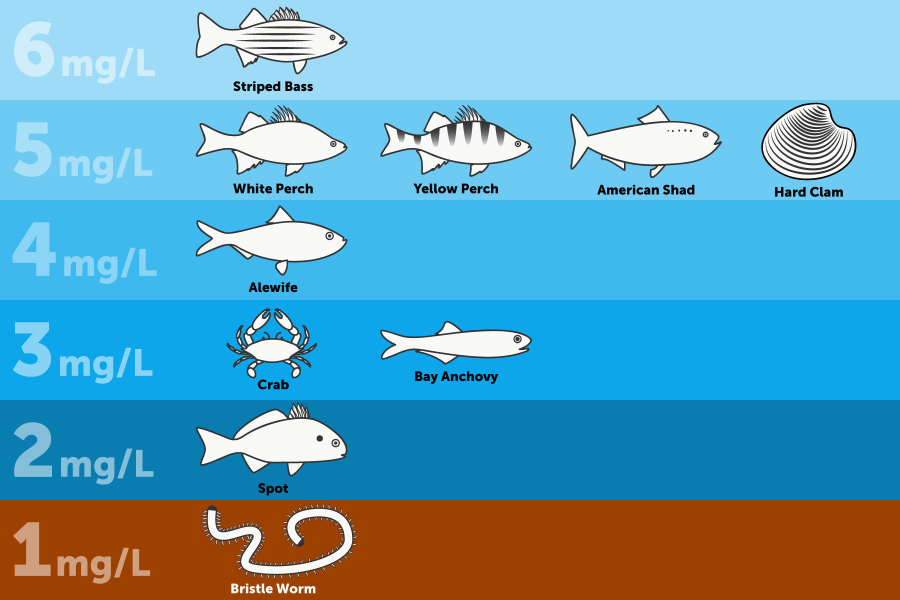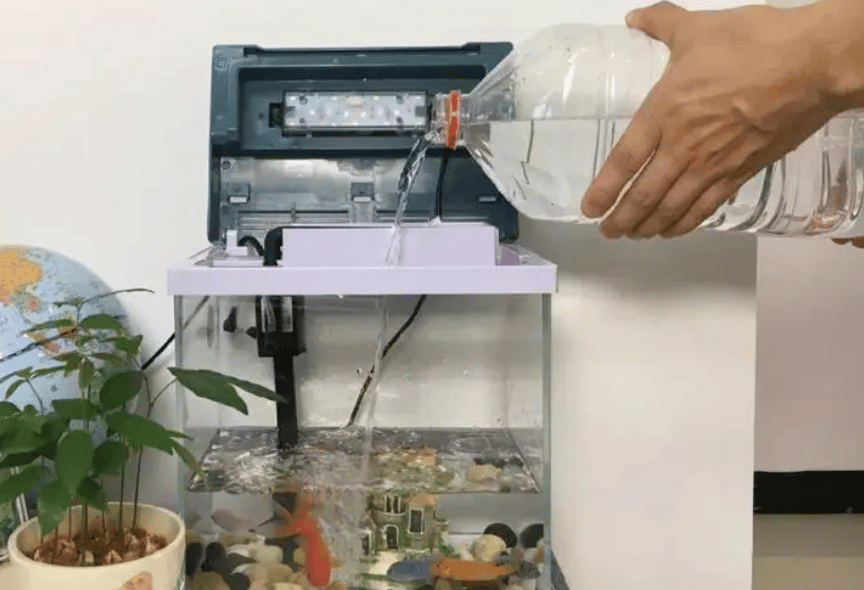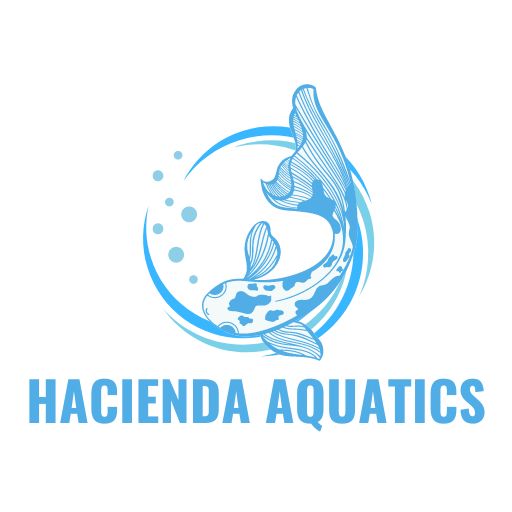Aquatic Knowledge
How to Add Oxygen to Aquarium: Boosting Your Tank’s Oxygen Levels
Maintaining proper oxygen levels in your aquarium is essential for the health and well-being of your aquatic pets. Whether you’re dealing with fish, plants, or other aquatic creatures, oxygen is vital for their survival. In this comprehensive guide, we’ll explore how to add oxygen to aquarium systems and ensure that your tank remains a healthy environment for its inhabitants.
Why Oxygen is Crucial for Aquariums

Before diving into the methods of adding oxygen, let’s understand why oxygen is so crucial in an aquarium. Fish and other aquatic creatures rely on dissolved oxygen in the water for respiration. A lack of oxygen can lead to stress, illness, or even death. Thus, knowing how to add oxygen to aquarium setups is critical for any aquarium owner.
Signs of Low Oxygen in an Aquarium:
- Fish gasping at the surface
- Lethargic or inactive fish
- Rapid gill movement
- Algae overgrowth
- Cloudy water
Now that you understand the importance of oxygen and can identify low oxygen levels, let’s get into the specifics of how to add oxygen to aquarium water and maintain optimal levels.
Common Causes of Low Oxygen Levels

Now that you know how to add oxygen to aquarium setups, it’s equally important to understand what can cause oxygen depletion in your tank. Oxygen levels in an aquarium can drop for various reasons, and knowing these causes will help you prevent them before they become a serious issue for your fish and aquatic plants.
Overstocking the Tank
One of the most common reasons for low oxygen levels is having too many fish in one tank. When the number of fish exceeds the tank’s capacity, it leads to increased oxygen consumption. Fish require oxygen for respiration, and the more fish you have, the greater the demand for oxygen in the water. Additionally, overstocking also leads to a higher rate of waste production. Fish excrete waste, and this waste breaks down into ammonia and other compounds, which consume oxygen as they are processed by the tank’s biological filtration.
How to avoid overstocking:
- Follow the general rule of 1 inch of fish per gallon of water.
- Research the oxygen needs of specific species, as some fish require more oxygen than others.
- Always plan ahead before adding new fish to ensure your tank can handle the additional oxygen demand.
Overfeeding
Overfeeding your fish can also be a major contributor to low oxygen levels. Excess food that is not eaten by the fish will sink to the bottom of the tank and begin to decompose. The decomposition process consumes oxygen, which depletes the available oxygen in the water. Furthermore, decaying food can lead to a buildup of harmful substances like ammonia, which not only stresses your fish but also requires more oxygen to break down.
How to prevent overfeeding:
- Feed your fish only the amount they can consume in 2-3 minutes.
- Remove uneaten food from the tank to prevent it from decomposing.
- Stick to a regular feeding schedule and avoid feeding your fish too frequently.
High Temperatures
Water temperature plays a significant role in the oxygen levels of your aquarium. Warmer water holds less dissolved oxygen compared to cooler water. This means that as the temperature in your tank rises, the amount of oxygen decreases, making it harder for your fish to breathe. In addition to reducing oxygen levels, higher temperatures can also increase the metabolic rate of your fish, causing them to use more oxygen.
How to control tank temperature:
- Use a reliable aquarium heater with a thermostat to maintain stable water temperatures.
- Keep your tank in a cool, shaded area, away from direct sunlight or heat sources.
- Monitor water temperature regularly, especially during hot seasons, to ensure it stays within the optimal range for your fish species.
By addressing these common causes of low oxygen levels, you can help ensure that your aquarium remains a healthy and stable environment for all its inhabitants. Regular monitoring and maintenance are key to preventing oxygen depletion and keeping your fish happy and healthy.
How to Add More Oxygen in Aquarium

Using Air Pumps for Oxygenation
One of the most straightforward and effective ways to boost oxygen in your aquarium is by using an air pump. Air pumps introduce air bubbles into the water, which increases the surface area for gas exchange.
How to Install an Air Pump
- Choose the right pump: Pick one that’s appropriate for your tank size.
- Positioning: Place the pump outside the tank, and connect it to an air stone.
- Air stone: Submerge the air stone in the tank to disperse bubbles evenly.
- Check for flow: Ensure air is flowing smoothly through the tubing.
Air pumps not only increase oxygen levels but also help with circulation, keeping the water moving and preventing stagnation.

Using Aquarium Filters
Aquarium filters are another great way to increase oxygen levels in your tank. Most filters agitate the water surface, allowing oxygen to dissolve more easily.
Types of Filters That Improve Oxygen Levels
- Hang-on-back (HOB) filters: These filters create a waterfall effect, agitating the water’s surface.
- Canister filters: Some canisters come with spray bars that enhance water flow and oxygenation.
- Internal filters: These can create bubbles or stir the water, helping with oxygen exchange.
Always ensure that your filter is working efficiently, as a clogged or malfunctioning filter can reduce oxygen levels.
Surface Agitation and Oxygen Exchange
The surface of your aquarium water is where gas exchange occurs. When the surface is still, oxygen cannot enter the water as effectively. Increasing surface agitation is a key step in learning how to add oxygen to aquarium water.
Methods to Agitate the Water Surface
- Adjust filter output: Direct the output towards the surface to create ripples.
- Use an air stone: Place it near the surface to create bubbles that break the water tension.
- Use a circulation pump: This keeps the water moving and increases surface agitation.
Using Plants to Boost Oxygen Levels
Live plants naturally produce oxygen during the day through photosynthesis. Adding plants to your aquarium not only enhances its aesthetics but also helps in oxygenating the water.
Best Oxygenating Plants for Aquariums
- Anacharis: A fast-growing plant that releases significant oxygen.
- Hornwort: Effective in producing oxygen and removing excess nutrients.
- Java Moss: While not the highest producer, it’s a low-maintenance option.
- Water Wisteria: Ideal for beginners, this plant grows quickly and aids in oxygenation.
However, keep in mind that plants consume oxygen at night, so it’s essential to monitor your oxygen levels to ensure they stay balanced.
Regular Water Changes
Performing regular water changes can also increase oxygen levels, as fresh water contains more dissolved oxygen than stale tank water.
Steps for a Proper Water Change
- Turn off equipment: Power down your filter, heater, and pumps.
- Siphon old water: Use a siphon to remove 20-30% of the water.
- Add treated water: Make sure the new water is dechlorinated and at the correct temperature.
- Restart equipment: Turn everything back on and ensure it’s functioning properly.
This process refreshes your tank and introduces oxygen-rich water, improving overall oxygen levels.
Using Oxygen Tablets
Oxygen tablets are an easy, on-the-go solution to boost oxygen levels in your aquarium, especially if you notice fish gasping at the surface.
How to Use Oxygen Tablets
- Follow dosage instructions: Use the appropriate number of tablets based on your tank size.
- Drop tablets in the tank: They will dissolve and release oxygen directly into the water.
- Monitor oxygen levels: Use a test kit to ensure proper oxygen saturation.
While oxygen tablets aren’t a permanent solution, they can provide quick relief in emergencies.
Conclusion
Learning how to add oxygen to aquarium systems is a vital part of maintaining a healthy environment for your fish and plants. Whether you choose to use air pumps, filters, or natural methods like plants, keeping an eye on oxygen levels is essential for the well-being of your aquatic pets. Remember, regular maintenance, proper stocking, and adequate water circulation are key to ensuring your tank stays oxygen-rich.
FAQs
How often should I check oxygen levels in my aquarium?
Regularly check oxygen levels, at least once a week, to ensure they remain stable.
Can too much oxygen harm my fish?
While rare, too much oxygen can cause gas bubble disease. Ensure you balance oxygen levels appropriately.
What is the best way to increase oxygen in a small tank?
Use an air stone connected to a small air pump and add live plants suitable for small tanks.
How do I know if my plants are adding enough oxygen?
Observe your fish and use an oxygen test kit to measure oxygen levels. Healthy, active fish and stable oxygen readings indicate adequate oxygenation.
Can I use an air pump without an air stone?
Yes, but an air stone helps diffuse air more efficiently, increasing oxygenation and reducing noise from air bubbles.
